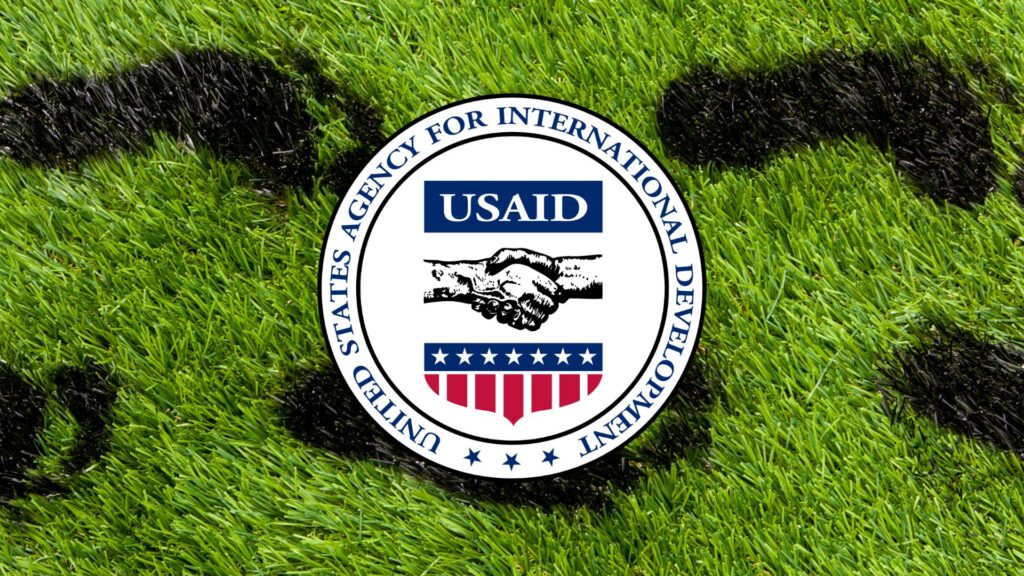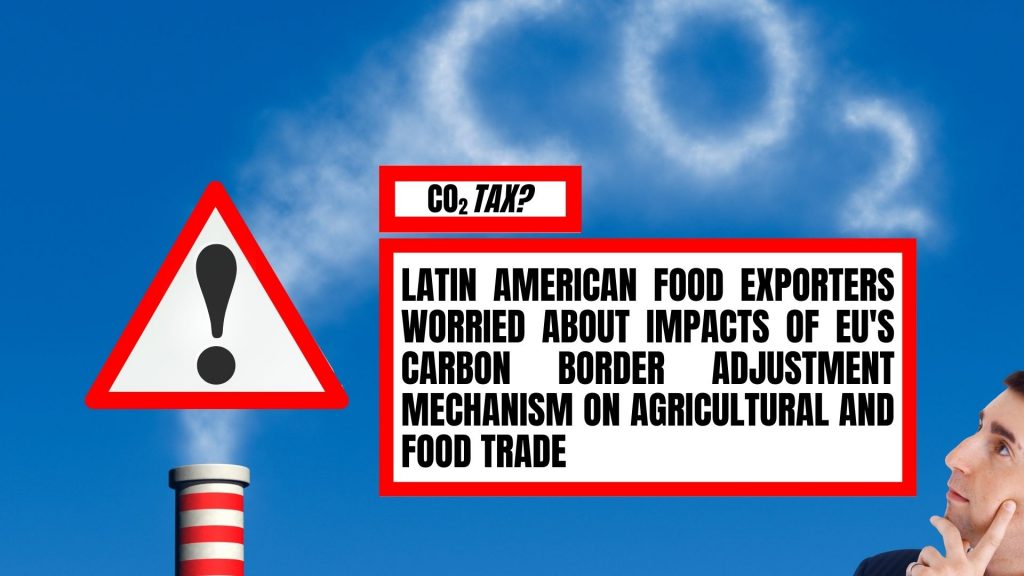Walking the Talk: Why USAID Contractors Should Care About Carbon Footprints?
US Government’s OASIS+ Contract Vehicle Promotes Sustainability and Reducing Greenhouse Gas Emissions As the world grapples with the effects of climate change, governments, and organizations are increasingly focusing on reducing greenhouse gas emissions and promoting sustainability. The US government is no exception and has taken steps to address climate change through various initiatives, including the OASIS+ contract vehicle. This contract vehicle, developed by the General Services Administration (GSA), streamlines access to professional services, including sustainability-related services like carbon footprint management. US Government Agencies Now Require Scope 1 and 2 Disclosures from Contractors for Sustainability Initiatives Many US government agencies, such as EPA (Environmental Protection Agency), DOD (Department of Defense), and USAID (United States Agency for International Development), are now requesting Scope 1 and 2 disclosures from their contractors as part of their sustainability initiatives. Scope 1 emissions are directly generated by an organization, while Scope 2 emissions are indirect emissions generated by the organization’s consumption of purchased electricity, heat, or steam. Disclosure of Scopes 1 and 2 Emissions Helps Contractors Reduce Carbon Footprint and Boosts Business Performance Disclosing Scopes 1 and 2 emissions can help contractors identify opportunities for carbon footprint mitigation, crucial to reducing greenhouse gas emissions and slowing down global warming. In addition to reducing climate impact, a study by the UN found that companies that disclose their climate performance have a 67% higher return on equity than those that do not. This suggests that reducing carbon footprint can lead to lower operating costs, improved efficiency, and a more competitive market position. Emissions Reporting Crucial for Contractors Seeking Government Contracts, Particularly with USAID’s Focus on Sustainable Development Reporting on emissions can also improve contractors’ climate performance, which is increasingly important to many government agencies when evaluating contractors. This is particularly relevant to USAID, which invests millions of dollars in international aid to promote sustainable development in emerging economies. USAID contractors should therefore be accountable for their climate impact to demonstrate a commitment to sustainability. Partner with Green Initiative to Reduce Carbon Footprint and Improve Sustainability Performance: Position Yourself as a Climate Leader in International Development. Contact us Today! Green Initiative is a certification and climate advisory that specializes in helping organizations reduce their carbon footprint and improve their sustainability performance. By partnering with Green Initiative, USAID contractors can access expert advice and support to identify opportunities for carbon footprint mitigation, implement sustainability initiatives, and improve their climate performance. Green Initiative’s services can also help contractors meet the increasing demand for sustainability from government agencies like USAID and position themselves as leaders in the climate-smart international development arena. In addition to the benefits to contractors, reporting on Scopes 1 and 2 emissions can contribute to the US government’s broader efforts to address climate change. President Biden’s recent Executive Order on “Climate-Related Financial Risk” directs federal agencies, including USG contracting agencies such as USAID, to identify and disclose the climate-related financial risks their programs, assets, and liabilities face. The Order also requires federal agencies to integrate climate-related risk analysis into their procurement processes. By disclosing their carbon footprint, USAID contractors can help federal agencies like USAID meet these requirements and contribute to the broader goal of promoting sustainability and mitigating the impacts of climate change. In conclusion, USAID contractors should walk the talk, when it comes to promoting sustainable and climate-smart development. By disclosing Scopes 1 and 2 emissions, contractors can identify opportunities for carbon footprint mitigation and improve their sustainability performance. Green Initiative can provide expert advice and support to help contractors achieve their climate-performance goals and meet the increasing demand for climate action from government agencies like USAID. Contact us today to learn how we can assist you in achieving your climate performance goals.
Walking the Talk: Why USAID Contractors Should Care About Carbon Footprints? Read More »



